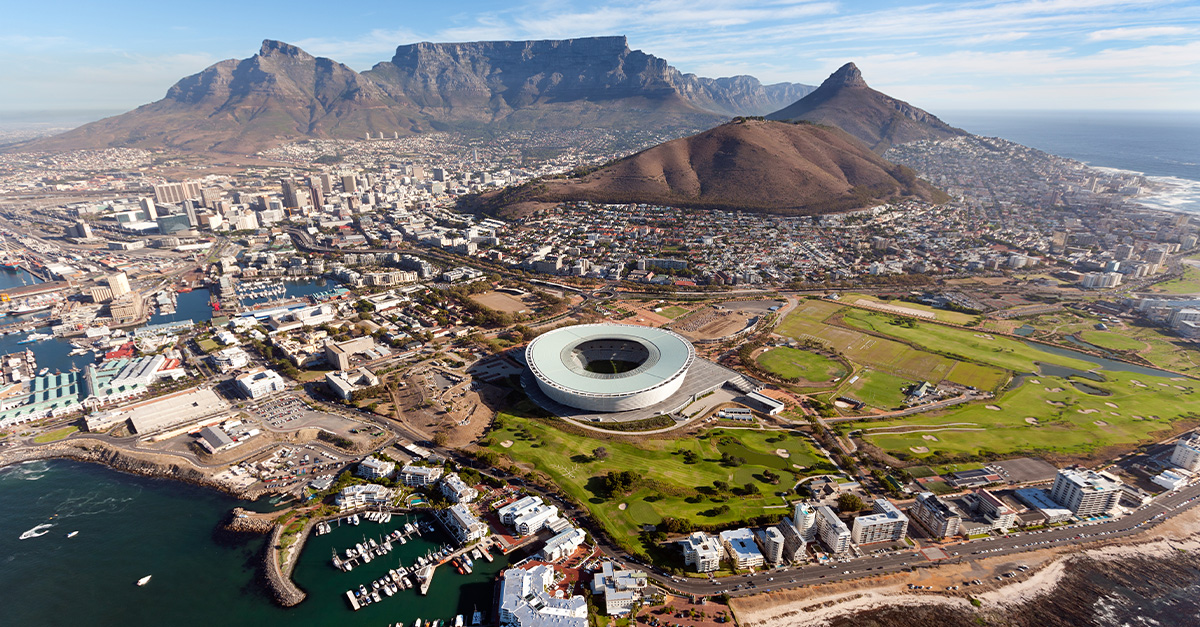


The recent Post Office Travel Money report highlights Cape Town as the premier choice for value among long-haul destinations. Driven by the weaker South African rand and local price reductions, the city presents an attractive option for cost-conscious travellers.
Cape Town, South Africa, has soared to the top of the Post Office Travel Money’s annual long-haul holiday cost-of-living barometer. The city has experienced a significant drop in costs, making it the most budget-friendly option among 32 surveyed locations. This shift reflects its strong value proposition for international visitors.
Cape Town has clinched the top spot as the best-value destination in the Post Office’s annual long-haul holiday cost-of-living survey, marking its return to this position for the first time in six years. The combination of a weakened South African rand and local price reductions has resulted in a 12% decrease in costs for British visitors since last autumn. This outcome underscores Cape Town’s affordability as it becomes the least expensive among 32 cities and resorts assessed.
The total cost for ten typical tourist staples in Cape Town is now £55.59, which is a level last seen in 2018 when South Africa previously topped the chart. In stark contrast, last year’s leading destination, Hoi An in Vietnam, saw its prices soar by over 21%, resulting in a current cost of £64.80, thus dropping to third place.
Tokyo, having previously been a best-value destination in the survey, advanced to second place with a 13.5% price reduction, now standing at £64.07. Bali retains the fourth position at £67.70, reflecting an 8% decrease from last year.
With three of the Far East’s favourite destinations within the top five ranking, British tourists are finding better deals here compared to competing Caribbean locales.
Jamaica remains the sole Caribbean destination in the top 10, with Montego Bay at 10th place, reducing its barometer total by 9.4% to £93.74.
The Far East, featuring these competitive prices, is becoming increasingly appealing for budget-conscious British holidaymakers.
Joining the top 10, Santiago, Chile, benefits from a 12.5% decrease due to a weaker Chilean peso, culminating in a 14.3% price drop to £88.92.
In seventh place, Sharm el-Sheikh’s costs declined significantly by 16.4% to £76.47, largely due to the Egyptian pound’s 71% devaluation.
Thanks to the strengthening of the sterling against numerous long-haul currencies, British holidaymakers can anticipate lower expenses in more than half of the destinations compared to a year ago, despite local price hikes.
This effect is particularly noticeable in Colombo, Sri Lanka, and Delhi, India, where costs have dropped by 14.8% and marginally by 1% respectively.
This year, for the first time, the survey includes four Australian cities. However, these locations rank among the priciest, with Melbourne positioned at 27th with costs of £146.76, demonstrating it as the most economically viable Australian city. Other cities like Sydney see even higher expenses.
Sydney stands as the costliest at £165, driven by the price of dining out, where a three-course meal with wine amounts to a hefty £117.
Destinations like Costa Rica and New York also feature prominently on the high-end cost spectrum, nearly matching Sydney’s expenses with prices of £164.30 and £163.51, respectively.
Laura Plunkett, head of travel money at the Post Office, points out, “Wide variations in the cost of tourist staples across the 32 destinations were revealed by our research. It’s evident that travellers can substantially reduce their overall holiday expenses by performing pre-trip research to identify where meals, drinks, and other necessities are least expensive.”
Cape Town’s ascent to the top of the value rankings offers tourists a promising opportunity for affordable travel amidst a shifting economic landscape. The detailed insights from the Post Office Travel Money report equip travellers with the knowledge needed to make cost-effective choices for their next getaway.